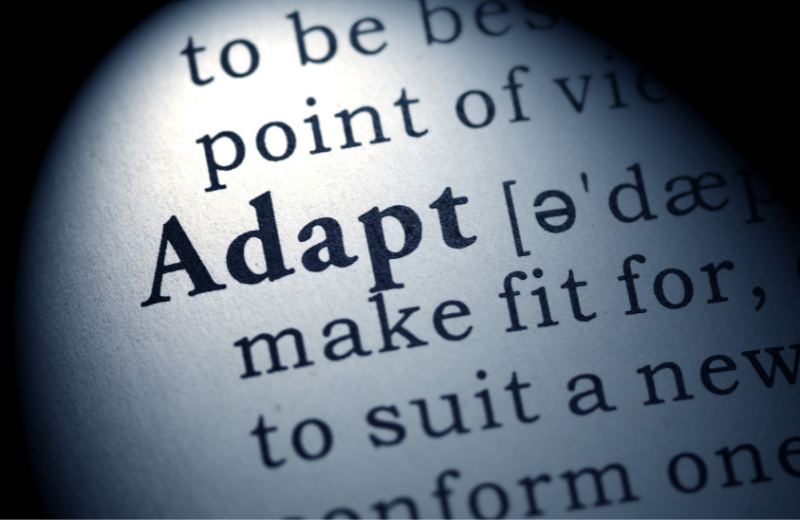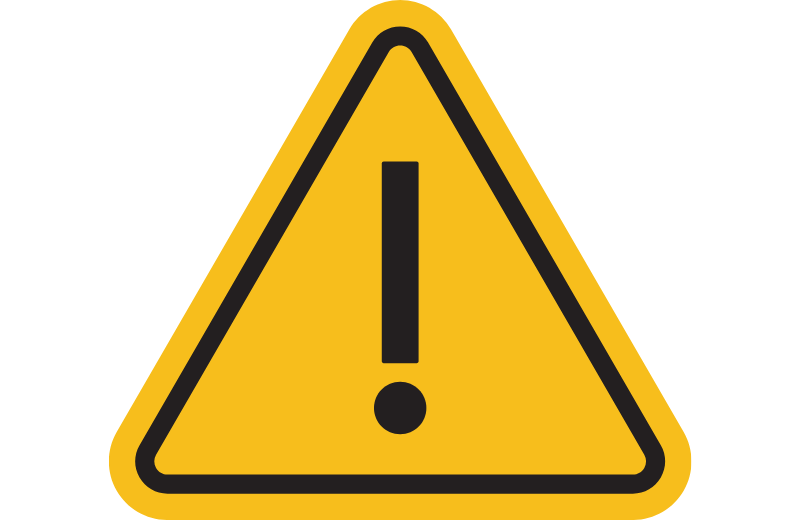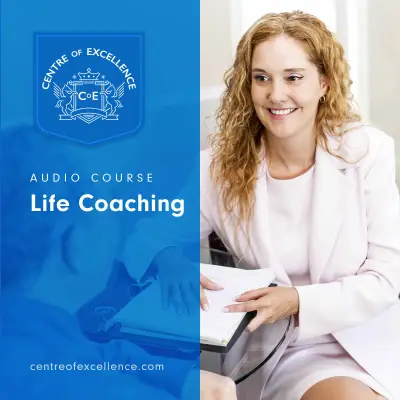A well-structured coaching session can significantly impact the effectiveness of your coaching process. Whether you’re a new coach seeking guidance or an experienced coach looking to refine your approach, having a clear structure helps maintain focus and achieve meaningful outcomes.
This guide shares the essential components of a productive coaching session, explains how to facilitate it effectively, and provides practical templates to get you started.
Jump to:
Recommended for you!
Best SellersWhy Is It Important to Structure a Coaching Session?
While coaching sessions should feel like a natural, flowing conversation, they still need a clear structure. Without it, the session can easily lose focus, veering off course or failing to address key objectives. A structured session provides a framework that keeps both the coach and client aligned, ensuring that the conversation remains purposeful and targeted. This doesn’t mean rigidly sticking to a script; rather, it’s about having a plan that guides the session while allowing space for flexibility and spontaneous insights.
Structure also helps you manage time effectively. It prevents the session from drifting into unrelated topics and ensures that enough time is allocated for discussing challenges, exploring solutions, and setting actionable steps. Additionally, a well-structured session promotes accountability. Defining the session’s purpose and expected outcomes at the start helps you and your client track progress and measure success.
The Key Elements of a Coaching Session

A successful coaching session typically includes five main components:
1. Establishing Rapport and Trust
The opening minutes of the session are essential for setting the tone and creating a comfortable atmosphere. Begin by asking open-ended questions that invite the client to share their current state, such as, “How have you been feeling since our last session?” or “What would you like to focus on today?”
Taking the time to build rapport helps the client feel valued and supported, building the trust that encourages open communication. This is particularly important in your first coaching session, as it establishes the foundation for a productive coaching relationship.
2. Setting the Agenda and Objectives
A clear agenda provides structure and keeps the session on track. It also ensures that both the coach and client are aligned on the desired outcomes.
Ask the client what they would like to achieve during the session. This could involve setting specific goals or addressing particular challenges. Once the objectives are clarified, summarise them to confirm alignment. For instance, “Today, we will focus on exploring your career transition and identifying actionable next steps.”
3. Exploring Challenges and Opportunities
Encourage the client to discuss their current situation, highlighting key challenges and potential opportunities. This phase encourages a deeper reflection, helping the client come to a solution themselves.
Ask thought-provoking questions such as, “What do you believe is holding you back from reaching your goal?” or “How does this challenge align with your broader life goals?”
If you need inspiration, here are some powerful questions you can ask in coaching sessions.
4. Developing Action Plans and Strategies
Once the client has explored their challenges, it’s time to move towards action planning. Work collaboratively to outline specific steps they can take to address the identified challenges.
Rather than dictating a course of action, guide the client in brainstorming potential solutions. Encourage them to consider what resources they have available, what obstacles they might encounter, and how they will measure success.
For example, you might say, “What is one small step you can take today to move closer to your goal?” or “How will you know you’re making progress?”
Ensuring that the action plan is realistic and achievable increases the likelihood of follow-through, reinforcing the client’s sense of control and capability.
5. Reviewing Progress and Setting Follow-Up Actions
Before ending the session, summarise the key takeaways and confirm the next steps. This reinforces accountability and helps the client stay focused between sessions.
Encourage them to commit to specific actions, such as, “Before our next session, complete the action plan and document your progress.”
This closing segment also provides an opportunity to address any remaining questions, keeping you both aligned moving forward.
How to Facilitate a Coaching Session Effectively

Facilitating a productive coaching session involves a combination of active listening and powerful questioning. Here are some practical tips:
- Stay Present and Attentive: Show genuine interest in what the client is saying, avoid interruptions, and maintain eye contact.
- Ask Open-Ended Questions: Encourage deeper reflection by asking questions that prompt thoughtful responses rather than simple yes/no answers.
- Provide Constructive Feedback: Offer observations and insights without being overly directive. The goal is to guide the client to their own solutions.
- Adapt Your Approach: Every client is unique, so be flexible in your coaching style. Adjust your communication techniques to suit their personality and needs.
What to Avoid in a Coaching Session

Even the most experienced coaches can inadvertently make mistakes that hinder the effectiveness of a session. Here are some common pitfalls to avoid:
- Being Too Directive: Avoid telling the client exactly what to do. Instead, guide them to find their own solutions.
- Overloading the Session: Focus on one or two key objectives rather than trying to address too many topics at once.
- Failing to Set Clear Goals: Without clear objectives, the session can become unfocused and unproductive.
- Ignoring Follow-Up: Ensure that the session ends with a clear action plan and a follow-up strategy to maintain momentum.
How Long Should a Coaching Session Last?
The length of a coaching session can vary based on the client’s needs and the nature of the discussion. Typically, sessions last between 45 and 90 minutes.
Shorter sessions are ideal for focused, solution-oriented discussions, while longer sessions provide more time for in-depth exploration and strategic planning. The key is to allocate enough time to explore challenges thoroughly while also allowing time to develop actionable plans.
Recommended for you!
Best SellersSample Coaching Session Template
Here is a simple coaching session template that you can use as a starting point:
- Introduction and Icebreaker (5 minutes): Briefly introduce yourself, outline the purpose of the session, and ask a warm-up question to establish rapport.
- Goal Setting (10 minutes): Identify the client’s main objectives for the session. Confirm alignment on what they aim to achieve.
- Exploration Phase (20 minutes): Facilitate open-ended questioning, allowing the client to explore their challenges and potential solutions.
- Action Planning (15 minutes): Collaborate on a concrete action plan that includes specific, measurable steps.
- Review and Wrap-Up (10 minutes): Summarise the key takeaways, confirm the action plan, and set follow-up actions.
Study Our Life Coaching Diploma for £29
If you’re ready to elevate your coaching skills, the Life Coaching Diploma Course with Centre of Excellence is an excellent resource. For a limited time, you can enrol for just £29 and gain access to detailed training that covers essential coaching techniques, practical frameworks, and proven strategies to help you guide clients towards success.













